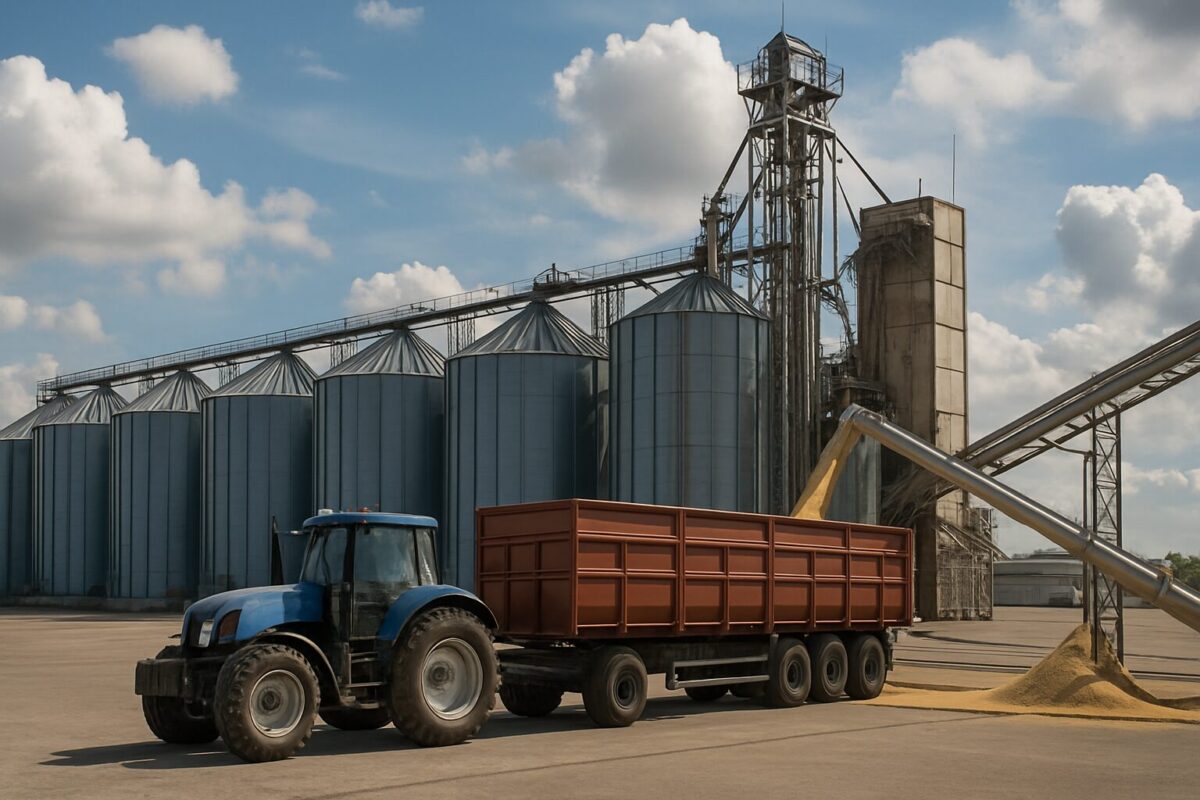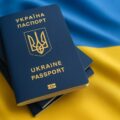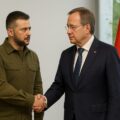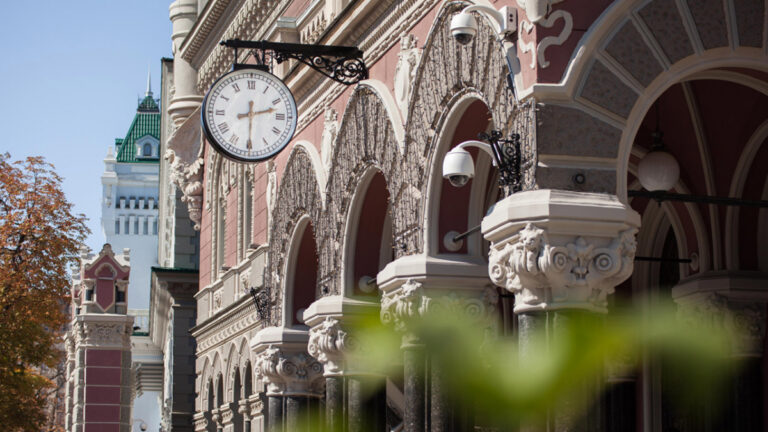
How trade between Ukraine and the EU has changed: the new agreement and key quotas
At the end of June 2025, the European Union and Ukraine agreed on a new trade regime. This changes the rules that have been in place since 2022, when the EU fully opened its market to Ukrainian goods to support Ukraine’s economy during the war. Now, that approach has become more complex reflecting both political compromise and pragmatic calculation.
Why Was a New Agreement Needed?
After Russia’s full-scale invasion in 2022, the EU made an unprecedented decision to suspend all tariffs and quotas for Ukrainian exports. For many Ukrainian businesses and agricultural producers, this was a lifeline. But after three years, the policy created serious challenges inside the EU itself.
Farmers in Poland, Romania, Slovakia, France, and later other countries began to protest against the flow of Ukrainian grain, corn, honey, and poultry. Prices for local produce dropped, and domestic farmers lost income. EU governments had to balance support for Ukraine with growing pressure from their own farming communities.
What Does the New Trade Agreement Include?
In June 2025, Brussels and Kyiv agreed on a new document designed to balance support for Ukraine’s economy with protection for European producers.
- For the main “sensitive” products such as poultry, eggs, sugar, grain, and honey quotas have been introduced. This means a certain amount of these goods can still be exported tariff-free, but exports beyond the quota could be restricted.
- For many other products (such as dairy products, juices, mushrooms), the EU market remains fully open, giving Ukraine continued advantages in these sectors.
- “Safeguards” have been introduced if imports of any product threaten to destabilize a market, the EU can quickly revise the rules.
EU Trade Commissioner Maroš Šefčovič described this as a “balanced and realistic compromise in difficult circumstances,” while Ukrainian Prime Minister Denys Shmyhal stressed that the agreement lets Ukraine maintain access to the EU even in challenging political times.
Key Changes for Ukrainian Agri-Exports: Quotas, but Not Isolation
In practice, this means:
- For poultry, the quota is around 90,000 tons per year; for eggs, about 200 million pieces; for sugar, about 120,000 tons. Wheat and corn have somewhat higher quotas than in previous years, but below the peak levels of 2023–2024.
- For honey, the quota is about 40,000 tons per year.
- Full liberalization remains in place for a range of “non-sensitive” products (such as powdered milk, juices, mushrooms, etc.).
Quotas are not a strict ban they simply set a “comfort zone” for EU internal markets. If there is excessive demand for a particular product, Brussels reserves the right to intervene.
What Does Ukraine Gain?
Despite the partial return of quotas, the agreement opens several key opportunities for Ukrainian producers:
- They maintain access to the largest and most lucrative market in the world.
- For most product groups, the quota levels are higher than before the war, so exports will remain strong.
- Liberalization for certain products allows producers to explore new niches and maintain export momentum even during crisis periods.
- In Ukraine, there’s a growing focus on value-added processing this motivates agribusinesses to invest in higher-margin production.
Why Is This Important for the EU?
The European Union not only protects its farmers’ interests but also strengthens its relationship with a strategic partner:
- It addresses internal political risks, helping to avoid waves of protests in agricultural regions.
- It maintains good relations with Ukraine and avoids sharp trade conflicts.
- It demonstrates the flexibility of EU institutions in seeking compromise even during wartime.
Political Context and Outlook
This agreement is a compromise shaped by the pressures of the times, policy considerations, and a desire to maintain trust between Ukraine and the EU. It does not reverse liberalization it modernizes it for a new reality. The document must still go through legal procedures and be ratified by all parties. But most importantly, trade dialogue between Kyiv and Brussels continues, with talks on long-term integration into the common market already underway.
The new trade deal is not a step backward but a balanced attempt to preserve opportunity. Ukraine remains part of the European economic space, retains access to markets even in hard times, and demonstrates that it can pursue partnership with the EU’s largest economies as an equal














